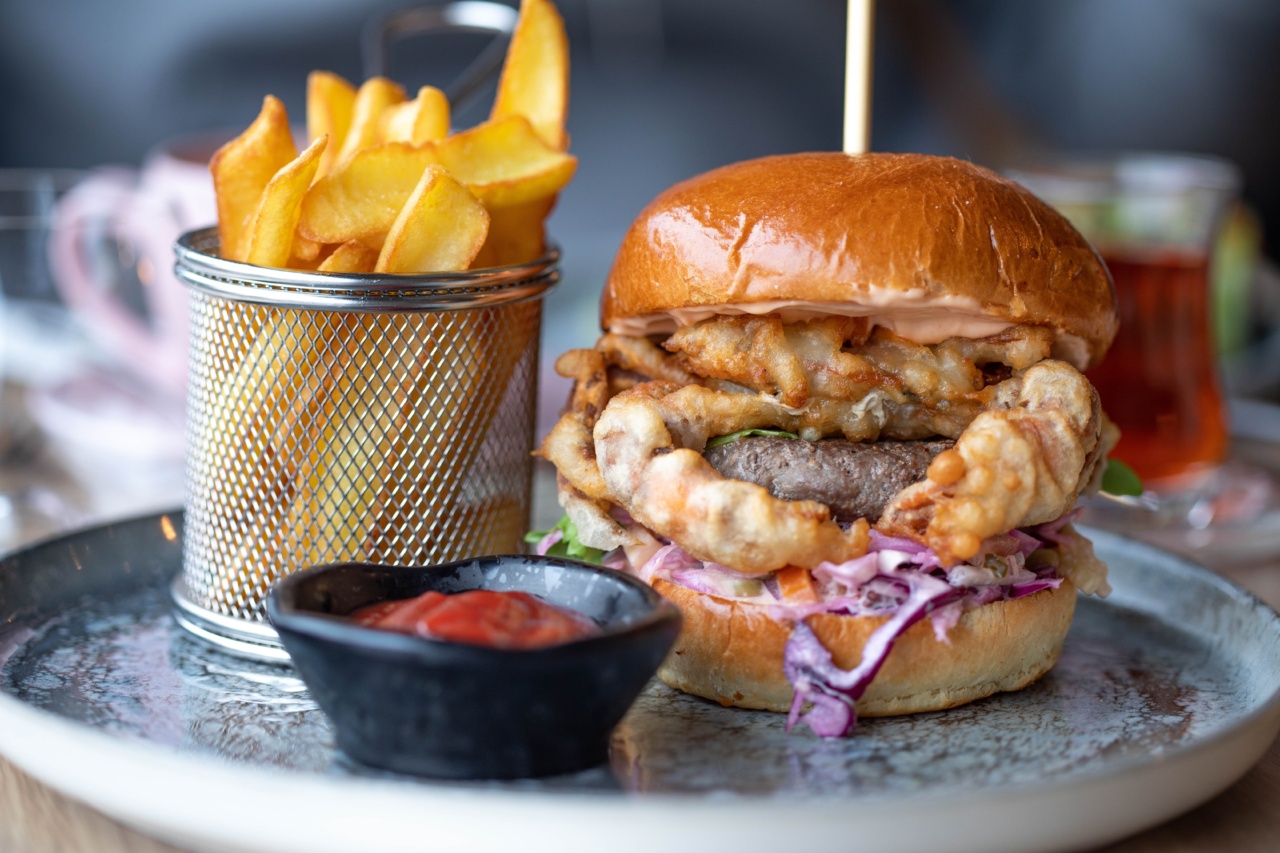Saturated fat is a type of dietary fat that has been linked to an increased risk of heart disease and other health problems.
While it is important to include some fat in our diets, it is crucial to consume it in moderation and make informed choices about the types of fats we consume. Many foods, including some that may appear healthy, are secretly loaded with saturated fat. In this guide, we will explore some common culprits and provide you with tips to make healthier choices.
1. Processed meats
Processed meats such as sausages, hot dogs, and deli meats are often high in saturated fat. They are typically made from fatty cuts of meat and may contain added fats like hydrogenated oils or trans fats.
Be cautious of consuming these meats on a regular basis and opt for leaner alternatives like grilled chicken or turkey.
2. Butter and margarine
Butter is well-known for its high saturated fat content. While some forms of margarine claim to be healthier alternatives, many are still laden with saturates fats.
Look for spreads that are low in saturated fat or consider alternatives like olive oil or avocado for cooking and spreading on toast.
3. Full-fat dairy products
Whole milk, cheese, cream, and full-fat yogurts often contain high levels of saturated fat.
Opt for low-fat or fat-free versions of these products to reduce your saturated fat intake while still enjoying the benefits of dairy, such as calcium and protein.
4. Fast food
Fast food items like hamburgers, fries, and fried chicken tend to be high in saturated fat due to the way they are often prepared. The cooking methods used, such as deep frying, can significantly increase the fat content of these foods.
Limit your consumption of fast food and choose healthier alternatives like homemade meals using lean meats and baked or grilled preparation methods.
5. Baked goods
Baked goods such as cakes, cookies, and pastries often contain high amounts of saturated fat due to the use of butter, eggs, and other fatty ingredients. These treats should be enjoyed in moderation as part of a balanced diet.
Look for recipes that use healthier substitutes like applesauce or mashed bananas instead of traditional fats.
6. Coconut products
Coconut oil, milk, and cream are popular ingredients used in many dishes and recipes. While they offer unique flavors, they are also high in saturated fats.
Consider using alternative oils like olive or avocado oil, and opt for light coconut milk or cream as a healthier choice.
7. Fried foods
Fried foods, such as french fries, fried chicken, and doughnuts, are typically cooked in oils that are high in saturated fats. These foods should be consumed sparingly as part of a balanced diet.
When cooking at home, try oven-baking or air-frying as healthier alternatives to deep frying.
8. Salad dressings
Store-bought salad dressings are often loaded with saturated fats. Read the labels carefully and opt for dressings with lower fat content or make your own using healthier ingredients such as olive oil, vinegar, and herbs.
It’s a simple way to control the amount of fat in your salads.
9. Convenience snacks
Many convenience snacks like chips, crackers, and popcorn can be surprisingly high in saturated fats. These snacks are often made with hydrogenated oils or palm oil, which are high in saturates.
Look for healthier snack options like air-popped popcorn or homemade kale chips to satisfy your cravings.
10. Sauces and gravies
Sauces and gravies, especially creamy ones, can be packed with saturated fat. Cream-based sauces, cheese sauces, and creamy salad dressings can all contribute to your saturated fat intake.
Instead, flavor your dishes with herbs, spices, or tomato-based sauces to cut back on the saturated fat.




























